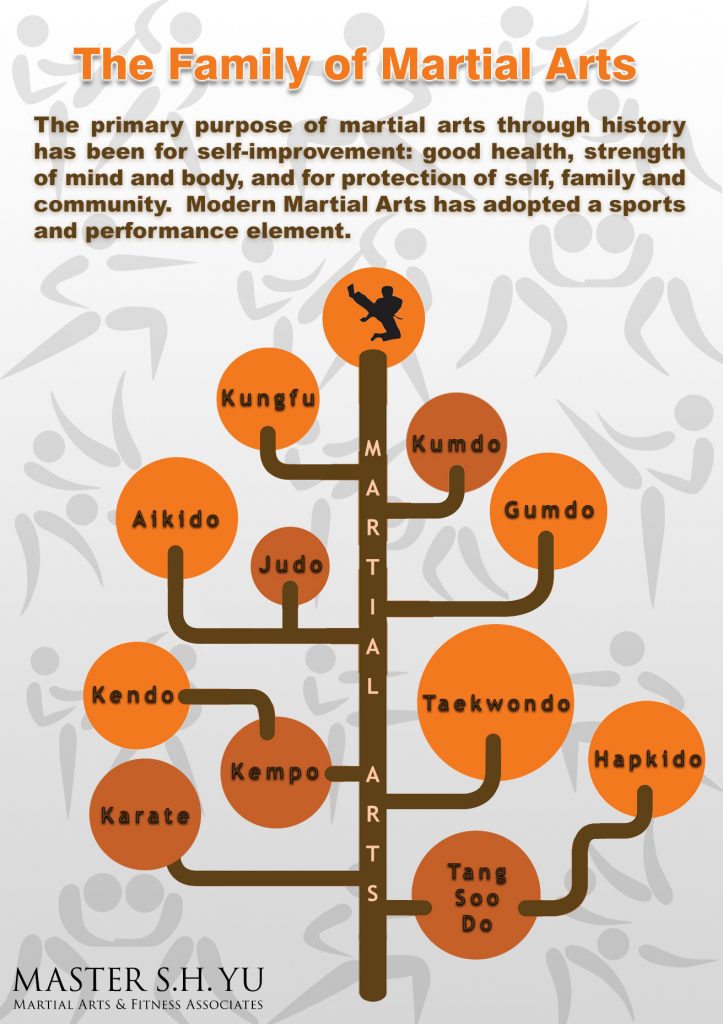Checking Out The Distinctions Between Standard Martial Arts And Contemporary Combat Sports
Checking Out The Distinctions Between Standard Martial Arts And Contemporary Combat Sports
Blog Article
Content Develop By-Thuesen Rocha
When you think about martial arts, do you lean extra towards the standard techniques or the modern fight sporting activities? Each course uses special advantages and experiences, formed by their philosophies and training techniques. Standard martial arts emphasize individual growth and technique, while modern-day battle sports focus on competitors and efficiency. Understanding these distinctions can guide you in selecting the right technique for your trip. But how do these distinctions show up in training and philosophy?
The Approach and History Behind Conventional Martial arts
While many people link martial arts with physical combat, the philosophy and history behind typical martial arts run much deeper. a fantastic read 'll find that these self-controls emphasize personal growth, self-control, and respect.
Originating from old practices, typical martial arts were often created for Self-Defense and spiritual development. They personify principles such as equilibrium, consistency, and self-control, assisting experts past simple battling skills.
As you train, you'll not only discover techniques but additionally obtain understandings right into the society and values that shaped these arts. The routines and traditions, often passed down via generations, cultivate a feeling of area and belonging.
The Competitive Nature of Modern Battle Sports
Modern battle sports have transformed the landscape of martial arts into a very competitive field, where professional athletes face off in an examination of ability, method, and endurance.
You'll observe that competitors are frequently arranged with strict rules and laws, making sure fair play and safety and security. These occasions bring in large audiences, fueling the excitement and intensity of matches.
Professional athletes educate carefully, not just for physical expertise however also for mental sturdiness, knowing that every information counts in the ring. The adrenaline rush during competitions is apparent, as competitors push their restrictions to claim success.
Fans appreciate the athleticism and artistry entailed, making modern-day battle sporting activities a thrilling phenomenon that continues to progress and captivate fanatics worldwide.
Training Approaches and Techniques: A Relative Evaluation
The affordable atmosphere of modern battle sporting activities needs ingenious training methods that differ substantially from traditional martial arts.
In martial arts training tips , you'll concentrate on details strategies, sparring, and conditioning, commonly utilizing drills that simulate real fight situations. You'll see an emphasis on quantifiable performance and frequent competitors to analyze your abilities.
On the other hand, typical martial arts prioritize kinds, katas, and thoughtful mentors, often emphasizing self-control and regard over competitors.
Training is normally less intense and may include recurring technique rather than real-time sparring.
While both approaches develop ability and physical fitness, modern battle sports provide a more vibrant and versatile training environment, preparing you for immediate obstacles in the ring or cage.
Pick the path that lines up with your objectives and passions.
Verdict
In choosing between typical martial arts and modern-day combat sporting activities, it really boils down to what you value many. If you're searching for personal growth, self-control, and a feeling of community, traditional arts could be your ideal fit. However if you prosper on competitors and real-time obstacles, contemporary fight sporting activities could be the method to go. Inevitably, click web page offer distinct benefits, so it's all about aligning your training with your individual goals and rate of interests.
